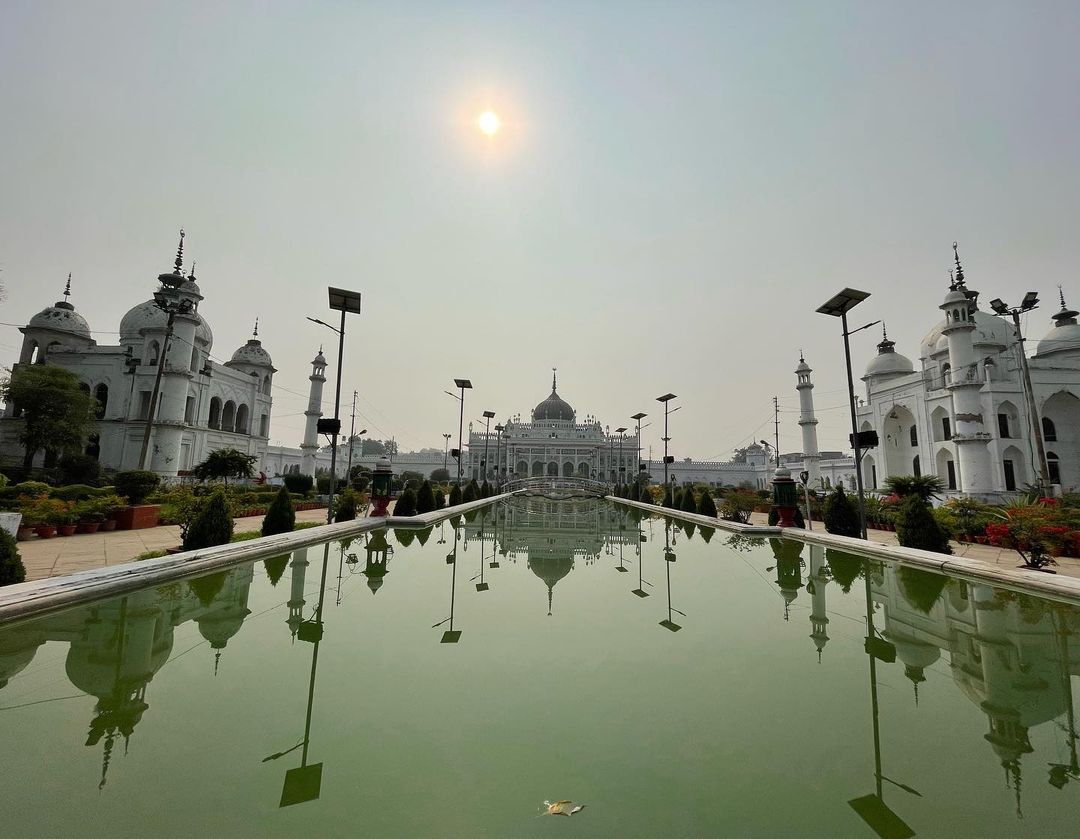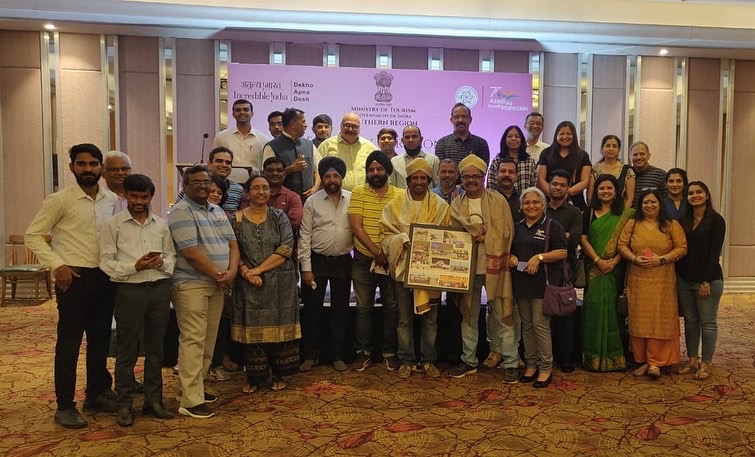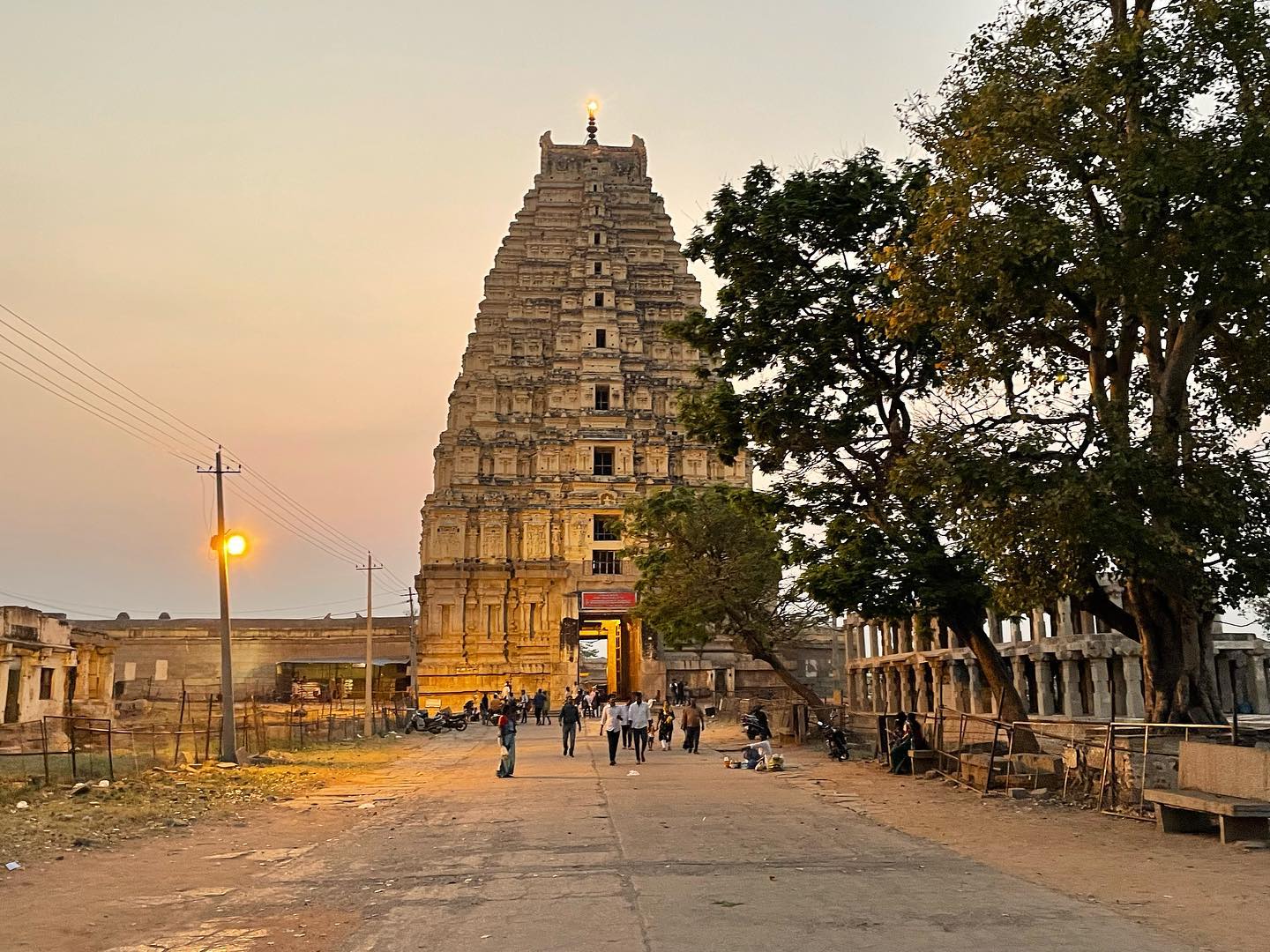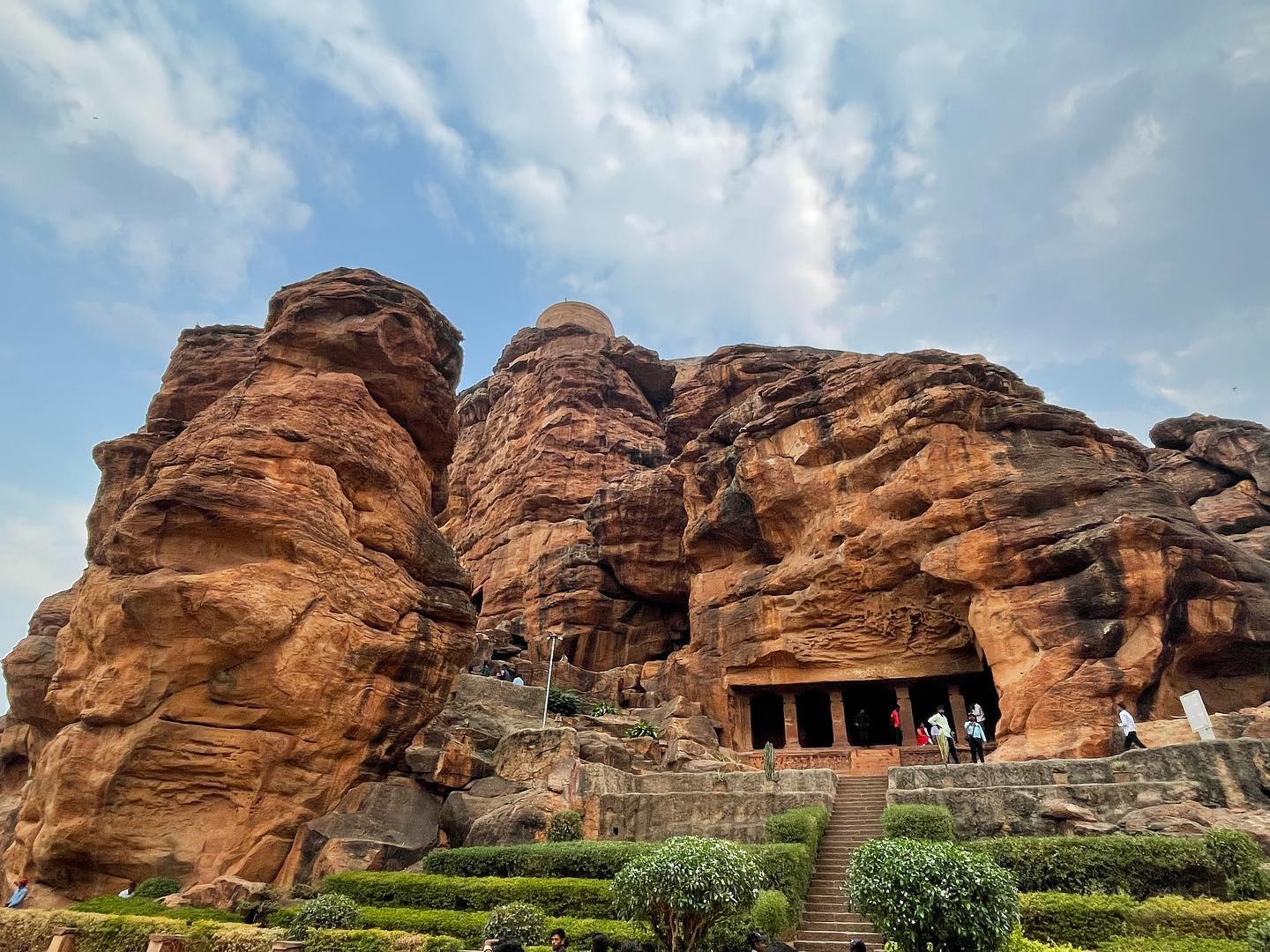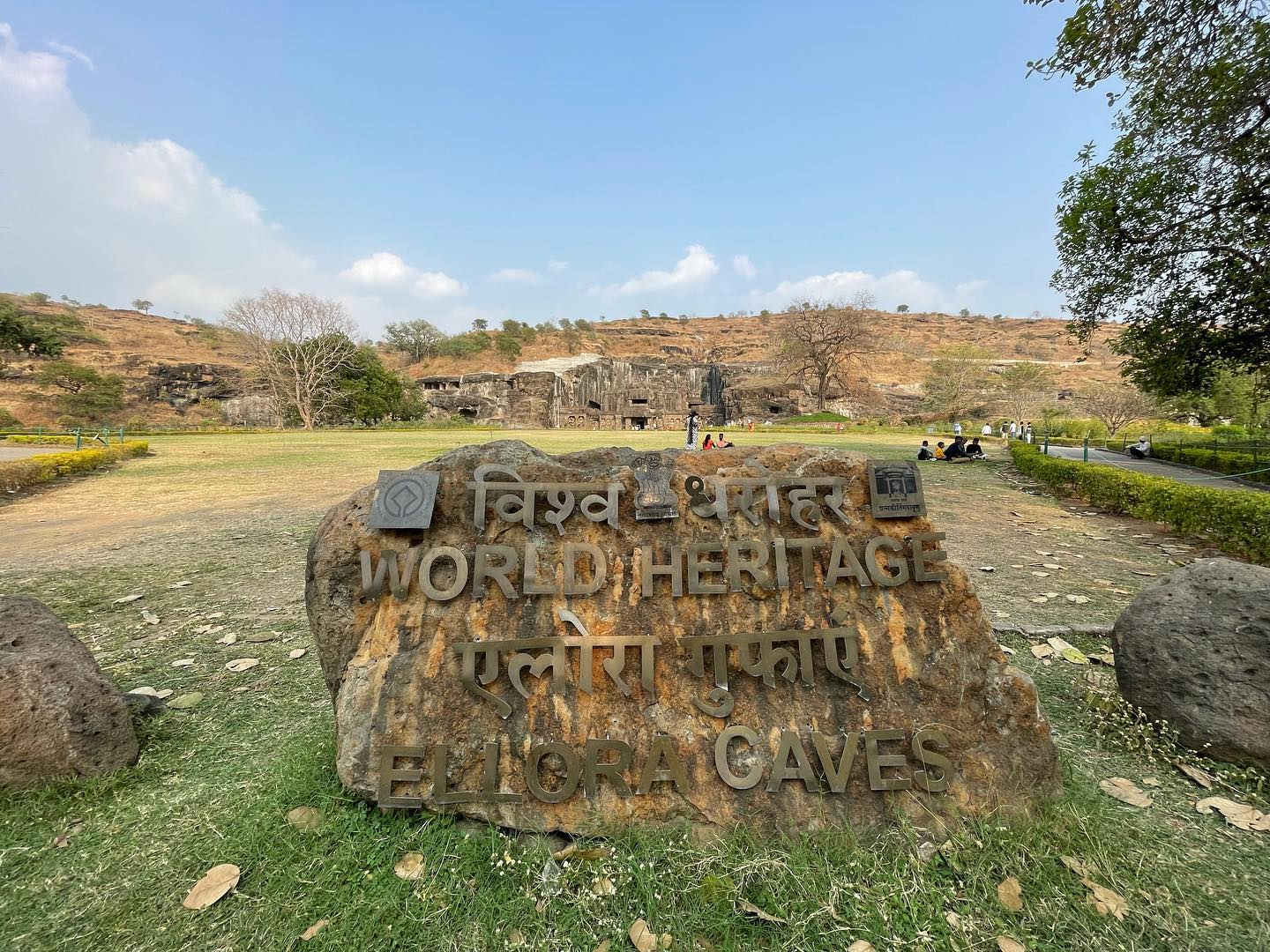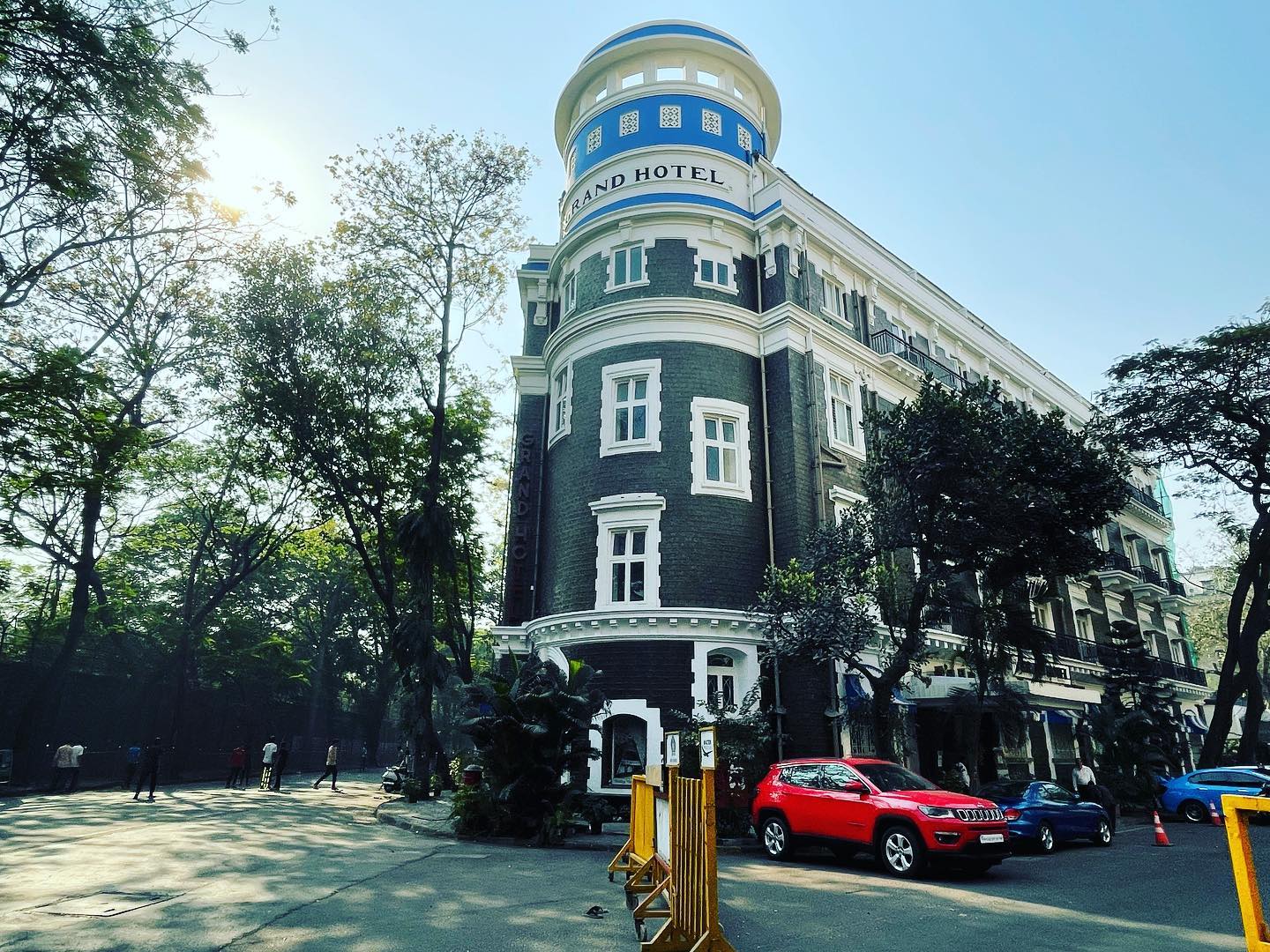24th November, 2021 – 25th November, 2021
The land of Nawab, Aadab, Kabab and Shabab The Nawabs of Lucknow ruled the kingdom of Awadh from 1732 to 1856.
Founded by Saadat Ali Khan Burhan Mulk who was from Persia.
With the dissolution of the Mughal Empire in the 1750s, Awadh came into prominence. In 1755, the capital was shifted from Faizabad to Lucknow setting the stage for the city’s golden era. Lucknow expanded exponentially and was studded with many monuments that the nawabs built to showcase their power and wealth.
The last Nawab was Wajid- Ali-Shah (1847-1856). Wajid Ali Shah was a great patron of singers, musicians, dancers and artists. He was also greatly interested in architecture. He started building the Qaiserbagh palace complex as soon as he came to the throne. This vast complex was built between 1848 and 1850 at the cots of 80 lakh rupees including furniture and decoration.
His wife was Begum Hazrat Mahal, one of the first freedom fighters of India.
She was born as Muhammadi Khanum in a very poor family. She was sold to the royal harem at a very young age as a Khawasin ( Attendant).The Young Muhammadi climbed the ranks to be become one of the Nawabs “Mutah” wives or temporary wife on contractShe bore Wajid Ali a son and was christened Begum HazratMahal.In 1856 Nawab Wajid Ali Shah had to leave Awadh after it was annexed by the British. He went to Calcutta on the way to meet the Queen to meet her and let her know what was wrong with the annexation under “Doctrine of Lapse” The 1857, First War of Independence happened. Begum fought against the British bringing together all allied forces.Ultimately she had to leave India and went to Nepal and spent the rest of her life there.
The things to see in Lucknow are:
Bada Imambara:
One of the biggest attractions in Lucknow, the capital of Uttar Pradesh, is the imambara built by Nawab Asaf-ud-daula (1748-1797). Popularly known as the Bara Imambara, it is also called the AsafiImambara in his remembrance. An architectural marvel, there are also interesting tales attached to it.
>A plan to feed all
Construction of the imambara (and the neighbouring Rumi Darwaza) began in 1784 as part of famine relief. The region was in the grip of a severe drought and food was scarce. The nawab declared that people who offered their labour for the construction would get food as wages. While most people joined the work, the nobles were left out as they could not stoop to doing physical labour. So the nawab invited them to come in the darkness of night and partially damage what had been constructed by day and go back with their share of the food. That way, he also ensured that there was work to last the duration of the famine.
>The architect’s fee
Despite being part of the famine relief project, the nawab had grand plans for the construction of the imambara. He held a competition for the best design and chose renowned architect Kifayatullah. When asked to state his fee, the architect said he wanted to be buried in the monument. The nawab granted his wish.
The Residency:
It all began in 1774 AD when Nawab Shuja-ud-daulah first agreed on the proposal of keeping a British resident stationed in Awadh. It was exactly the next year that the construction of a new building for the British resident started as per orders of Nawab. The building was named as The Residency. This was built for both the British officers and their staff. Though started in 1775 AD, the building got completed in 1800 AD under the supervision of Nawab Saadat Ali Khan. It must be noted that the original site belonged to the Sheikhzadas but the Nawabs acquired the land and built several more buildings and added it to ‘The Residency’ as per requirement.
The Residency after completion included bungalows, Muslim shrines, thatched houses, and ‘high end’ buildings for higher officials. The area was well constructed and the mixture of style clearly portrays the expert architectural mind. However, this did not last long and the Residency was attacked by freedom fighters in 1857 which was often termed as the Lucknow siege. This attack went on for 87 days and this was an unparallel freedom struggle in the History of the country. Extensive damage resulted on the Residency after this attack. Ruins were evident on the doors, windows, roofs and pavilions of buildings with large holes on the walls which completely destroyed the beauty of the place. Though General Campbell after a prolonged fight was able to stop the freedom fighters but by that time the ruins of The Residency was too high.
Lucknow Residency at Present:
The place has now turned into a shattering reality of damage, carcass and wreck. Though there are remains of few parts of construction like school, post office, jail, houses and banquet hall, they fail to exhibit the real excellence of construction in the Residency. Today it holds the memories of yester years in its ruins, shells and British guns, torn flags and belongings which speak out of the terrible war that took place in this area. The Archeological Survey of India considers this entire complex of national importance and thus takes care to preserve all the left over assets. The gardens along the Residency have been well maintained with proper restoration of the buildings which have turned the place into a good visiting historical destination for many tourists round the year. For sightseeing along with the museum which holds the asset of yester years and a dungeon with 44 stairs there is also a cemetery near St Mary’s church where more than 2,000 defenders were killed and buried. The remaining portions of the buildings are equally interesting for the visitors.


